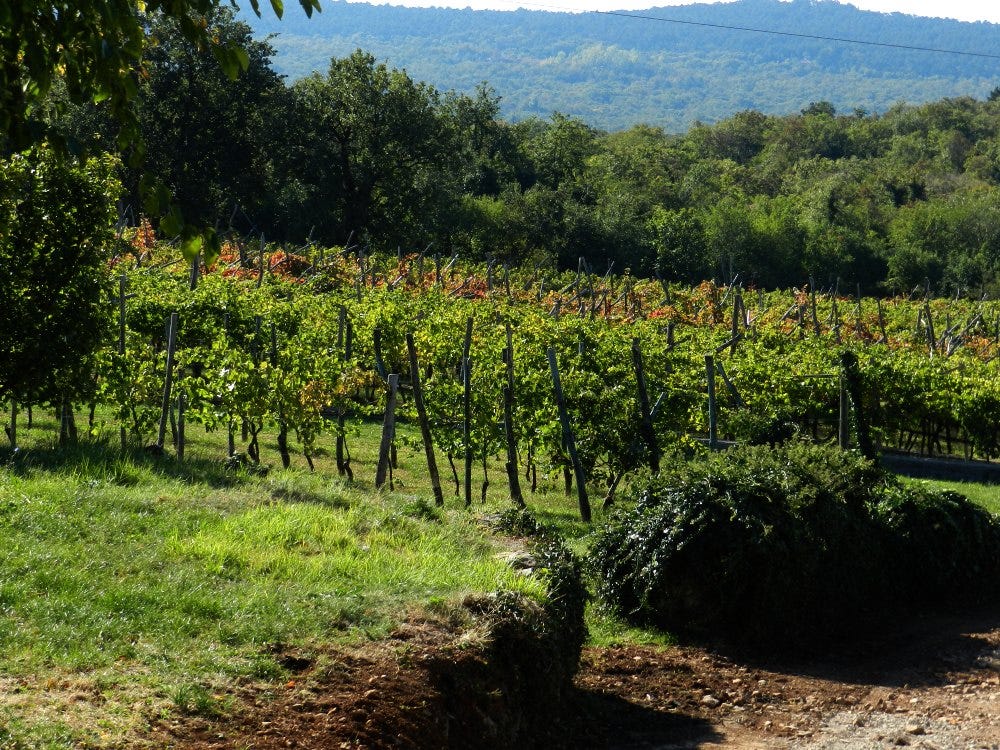Rock the Carso (Friuli Part 1)

Typical vistas in Carso
Friuli-Venezia Giulia is Italy's most North-Easterly region. Like many European border areas, Friuli has a composite identity made up of Italian, Slovenian and Teutonic cultures. Those borders, which can seem so trivial now (on our visit, we drifted into Slovenia and back, with nary a battered sign to remind us), have been hard f…
Keep reading with a 7-day free trial
Subscribe to The Morning Claret to keep reading this post and get 7 days of free access to the full post archives.



